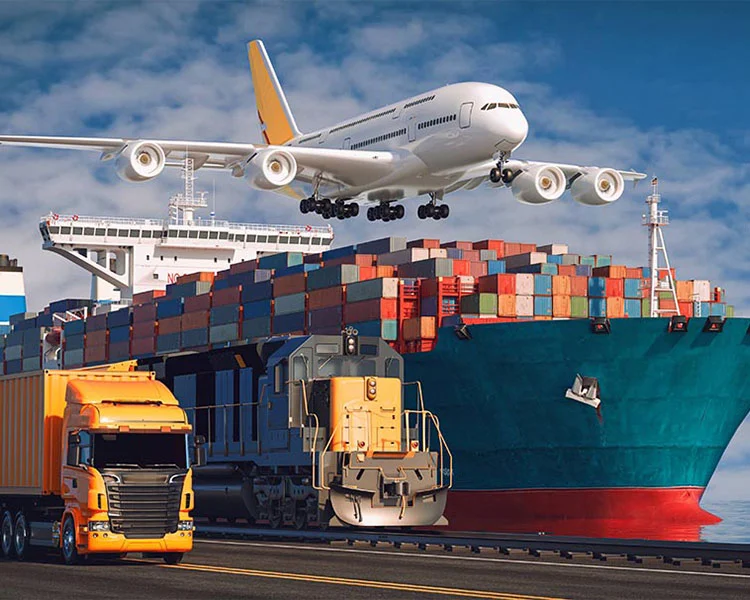What is Combined Transport?
2025-09-15
In the complex world of global logistics, efficiency and reliability are paramount. Combined transport, often referred to as intermodal transport, is a strategic logistics solution that utilizes multiple modes of transportation under a single contract. A single carrier, known as a combined transport operator, takes full responsibility for the entire journey, seamlessly moving goods from origin to destination using a combination of rail, road, sea, and air freight. This integrated approach is designed to leverage the strengths of each mode, creating an optimized, cost-effective, and sustainable shipping chain.
Key Features and Advantages of Our Combined Transport Service
Our approach to Combined transport is built on a foundation of precision and customer commitment. We meticulously plan each route to ensure time and cost efficiencies while minimizing environmental impact. The core advantages of choosing our service include:
1. Single Liability: One point of contact and one contract for the entire journey, simplifying communication and accountability.
2. Cost Efficiency: By utilizing rail and sea for the long-haul sections, we significantly reduce costs compared to road-only alternatives.
3. Enhanced Reliability: Pre-planned schedules and reduced handling of cargo decrease the risk of delays and damage.
4. Sustainability: Shifting freight to more eco-friendly modes like rail reduces the overall carbon footprint of your shipment.
To provide clarity, here are the key parameters that define our standard Combined transport offering:
| Parameter | Specification | Benefit |
| Modes Used | Truck, Rail, Sea Freight | Optimizes cost and efficiency for long distances |
| Container Types | 20FT, 40FT, 40FT HC, Special Equipment | Handles all standard and oversized cargo |
| Geographical Coverage | Major ports & inland hubs across Asia, Europe, North America | Provides truly global reach |
| Cargo Security | Sealed containers, GPS tracking throughout | Ensures full visibility and safety of goods |
| Documentation | Single Bill of Lading for all transport legs |
Drastically simplifies administrative processe |
Frequently Asked Questions (FAQs)
Q1: What is the main difference between combined transport and intermodal transport?
While the terms are often used interchangeably, there is a subtle distinction. Intermodal transport simply involves moving goods using multiple modes. Combined transport is a specific subset of intermodal transport where the major part of the journey is by rail, inland waterways, or sea, with any initial and final legs carried out as short as possible by road. This makes Combined transport a more defined and often greener option.
Q2: Is combined transport more expensive than standard trucking?
For long-distance shipments, Combined transport is typically more cost-effective than using road freight alone. While the initial pickup and final delivery still involve trucks, the long-haul movement by rail or sea is significantly less expensive than paying a truck driver for the entire cross-continental journey. This cost advantage becomes increasingly substantial over longer distances.
Choose Ruizhou for Your Logistics Success
Navigating the intricacies of international shipping requires a partner with expertise and a global vision. Shenzhen Ruizhou International Freight Co., Ltd. is committed to delivering that excellence. We provide robust, smart, and sustainable combined transport solutions tailored to your unique business needs. Contact us today to get a quote and discover how our expertise can streamline your supply chain, reduce costs, and enhance your operational reliability. Let us be the driving force behind your next successful delivery.



